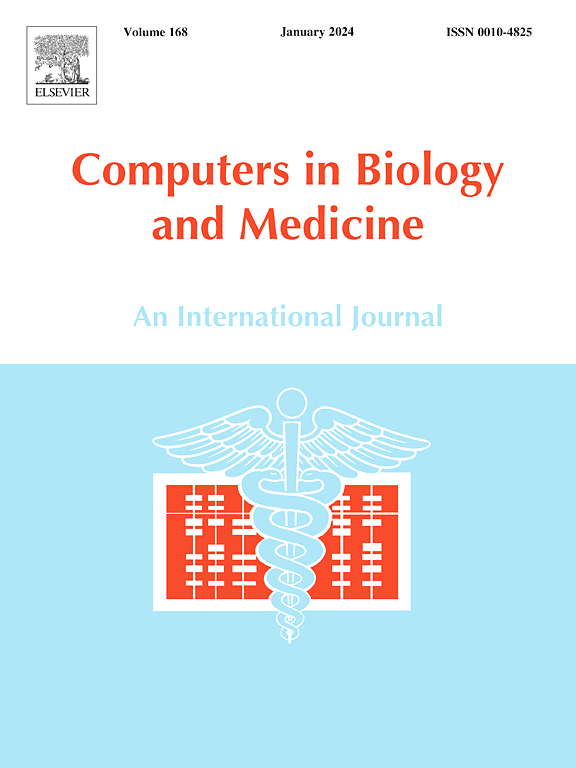Evolutionary trajectories of Nipah virus: Evaluating the antiviral efficacy of Kabasura Kudineer Chooranam
IF 7
2区 医学
Q1 BIOLOGY
引用次数: 0
Abstract
Nipah virus (NiV) is a highly contagious zoonotic pathogen causing severe encephalitis and respiratory illnesses in humans. With a high fatality rate and no FDA-approved treatments, NiV poses a significant public health threat. This study conducts a comprehensive Bayesian phylogenetic analysis of all publicly available NiV genomes since the first human case. Additionally, a protein-protein interaction (PPI) network analysis focusing on Pteropus species was performed to identify potential therapeutic targets. High-throughput virtual screening assessed the inhibitory potential of Kabasura Kudineer Chooranam phytocompounds against these targets. Molecular dynamic simulations (MDS) were conducted to evaluate the stability and dynamic characteristics of NiV proteins bound to specific inhibitors. Bayesian phylogenetic analysis of 280 NiV genomes revealed two distinct clades among Indian isolates, highlighting significant regional diversity. Notably, the latest strain, OM135495, along with other NiV variants in Kerala, underscores the virus's rapid genetic evolution since 2015. The PPI network identified NiV-F, NiV-G, and NiV-N as key therapeutic targets. Among the tested phyto compounds, Vasicinone and Piperine exhibited strong binding affinities (−4.51 to −5.96 kcal/mol) and enhanced stability during MDS, suggesting their potential as antiviral agents. These findings indicate that phyto compounds may serve as viable alternatives for NiV treatment, paving the way for novel drug development. However, further validation through laboratory and animal studies is essential. This study enhances our understanding of NiV evolution, informs public health strategies, and contributes to preparedness for future outbreaks.

求助全文
约1分钟内获得全文
求助全文
来源期刊

Computers in biology and medicine
工程技术-工程:生物医学
CiteScore
11.70
自引率
10.40%
发文量
1086
审稿时长
74 days
期刊介绍:
Computers in Biology and Medicine is an international forum for sharing groundbreaking advancements in the use of computers in bioscience and medicine. This journal serves as a medium for communicating essential research, instruction, ideas, and information regarding the rapidly evolving field of computer applications in these domains. By encouraging the exchange of knowledge, we aim to facilitate progress and innovation in the utilization of computers in biology and medicine.
 求助内容:
求助内容: 应助结果提醒方式:
应助结果提醒方式:


